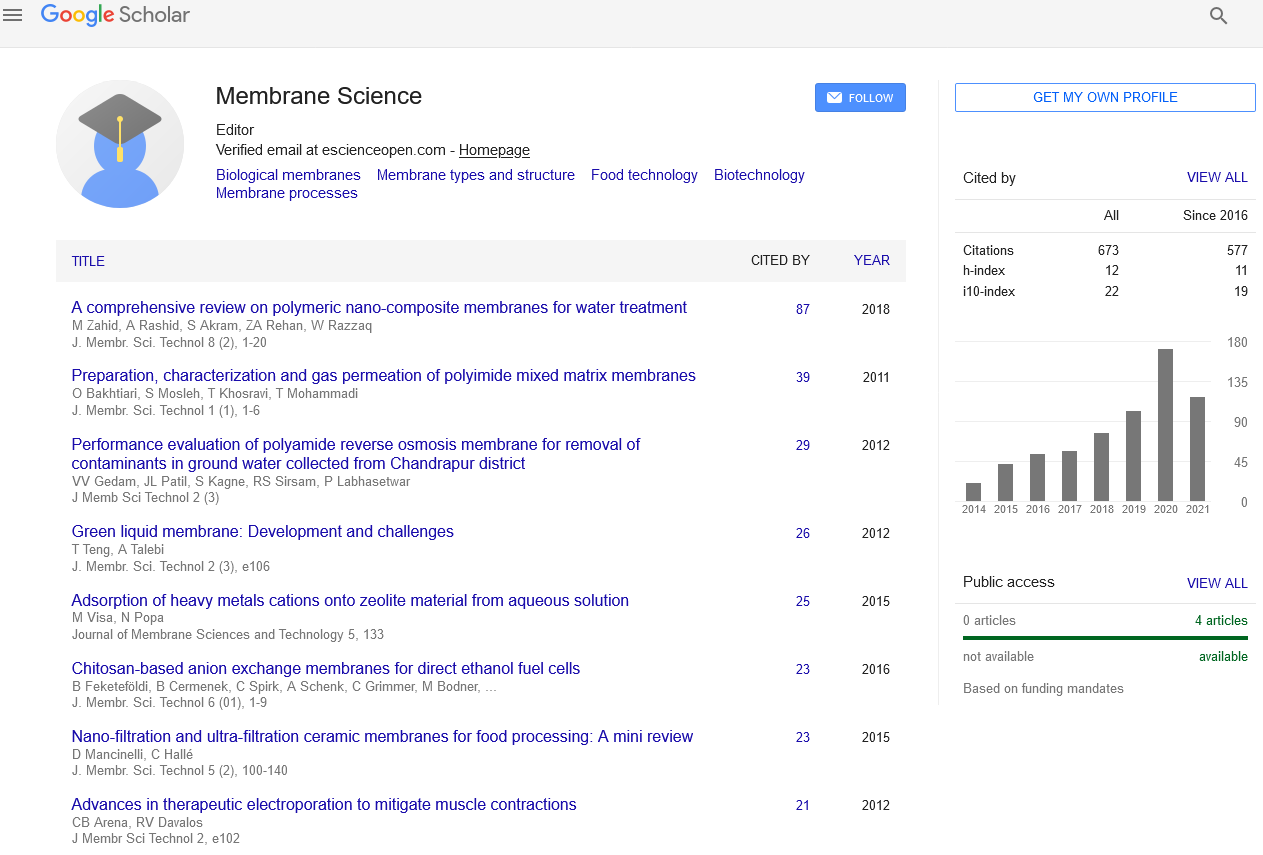Indexed In
- Open J Gate
- Genamics JournalSeek
- Ulrich's Periodicals Directory
- RefSeek
- Directory of Research Journal Indexing (DRJI)
- Hamdard University
- EBSCO A-Z
- OCLC- WorldCat
- Proquest Summons
- Scholarsteer
- Publons
- Geneva Foundation for Medical Education and Research
- Euro Pub
- Google Scholar
Useful Links
Share This Page
Journal Flyer

Open Access Journals
- Agri and Aquaculture
- Biochemistry
- Bioinformatics & Systems Biology
- Business & Management
- Chemistry
- Clinical Sciences
- Engineering
- Food & Nutrition
- General Science
- Genetics & Molecular Biology
- Immunology & Microbiology
- Medical Sciences
- Neuroscience & Psychology
- Nursing & Health Care
- Pharmaceutical Sciences
Abstract
Monocarboxylic Acids and Dicarboxylic Acids Induce Different Responses in terms of Osmotic Fragility in Rat and Guinea Pig Erythrocytes In vitro
Hitoshi Mineo, Kazuki Kasai, Reo Makihara and Tomoya Yuuki
We compared the effects of monocarboxylic and dicarboxylic acids on osmotic fragility (OF) in rat and guinea pig red blood cells (RBCs) in vitro. Monocarboxylic acids possessing 4 to 8 straight-chain hydrocarbons increased OF in rat RBCs in a concentration-dependent manner. The increases in OF were also dependent on the number of carbons in the hydrocarbon chain bonded to the carboxylic group. Benzoic and cyclohexane-monocarboxylic acids also increased OF in rat RBCs in a dose-dependent manner. Although most of the dicarboxylic acids possessing a straight hydrocarbon chain decreased OF in rat RBCs, malonic acid showed the greatest potential to decrease OF among the substances tested. None of the monocarboxylic acids increased OF in guinea pig RBCs. Among the dicarboxylic acids possessing a benzene ring, isophthalic and terephthalic, but not phthalic acid, decreased OF in rat RBCs dose-dependently. Three cyclohexane-dicarboxylic acids decreased OF in guinea pig RBCs, while they had no effect on OF in rat RBCs. With regard to the action of those carboxylic acids on the cell membrane, hydrophobic hydrocarbons of a certain structure are thought to enter the phospholipid layer with the hydrophilic carboxylic group remaining at the membrane surface where it affects the nature of the cell membrane, thus changing osmotic resistance in the RBCs. Inter-species differences in the RBC membrane were confirmed in the OF response to those carboxylic acids. The differences in OF response to the monocarboxylic and dicarboxylic acids observed in rat and guinea pig RBCs are speculated to be due to differences in the nature of the RBC membrane formed by the various phospholipids.


